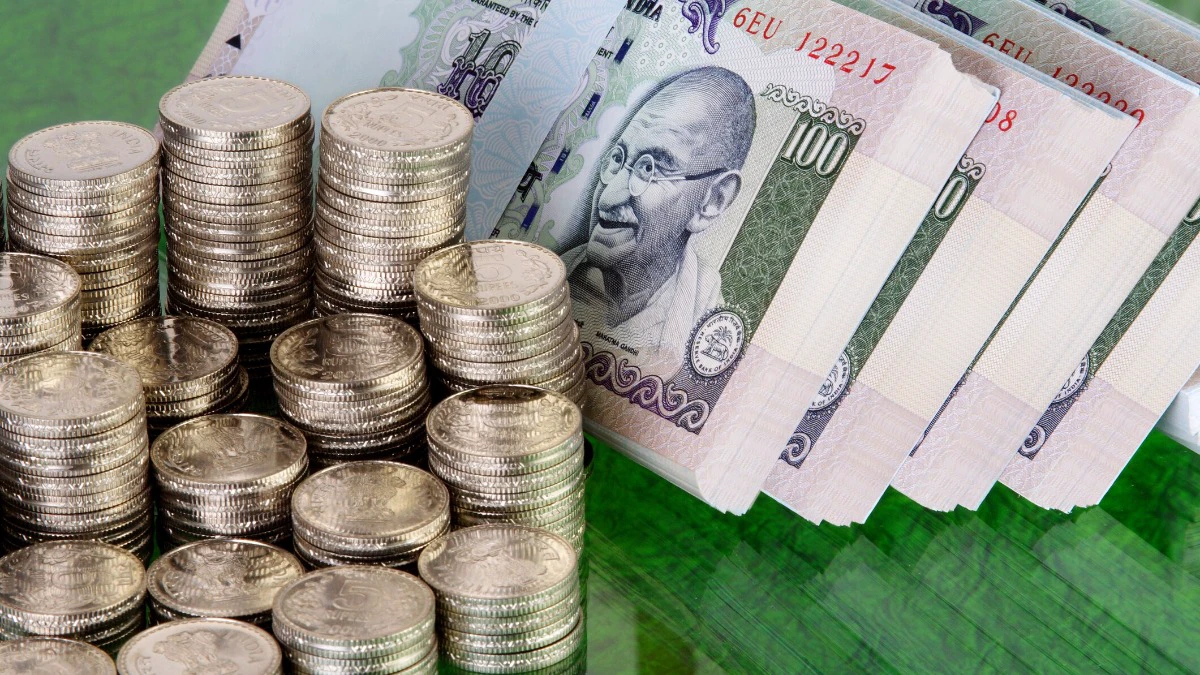In 2025, the Reserve Bank of India (RBI) slashed policy rates by 100 basis points to boost borrowing and investment. While the move supports economic growth, it has quietly eroded the appeal of one of India’s most trusted investment options – fixed deposits (FDs).
Following the rate cut, most banks are now offering between 6.2% and 6.5% on FDs. On paper, this seems like a decent return. But when inflation and taxation are factored in, the actual benefit to investors shrinks dramatically.
“Fixed Deposits no longer provide the comfort they once did,” said Rohan Goyal, Investment Research Analyst at MIRA Money. “With inflation steady at 4% and interest rates declining, real returns for many investors are now close to zero, and in some cases even negative. Investors must move beyond conventional deposits to truly protect and grow wealth.”
The real return equation
When investors look at fixed deposits (FDs), the first figure that catches their eye is the “nominal interest rate” – currently hovering around 6.2% to 6.5% after the Reserve Bank of India’s rate cuts in 2025. At first glance, this looks reassuring, especially to conservative investors who value safety over risk. But the headline rate often hides the true story.
The more accurate measure of wealth creation is the real return – the gain you actually make after accounting for two silent eroders of wealth: inflation and taxation. Unless these are factored in, the “comfort” of an FD can be dangerously misleading.
The basic formula is straightforward:
Real Return = Nominal Return – Inflation – Taxes
This helps investors understand whether their money is genuinely growing in purchasing power, or simply running in place.
Breaking down the numbers
Consider a fixed deposit that promises an interest rate of 6.5% per annum. At first, this looks like a decent return in today’s low-rate environment. But here’s what happens when we introduce real-world conditions:
Nominal FD Rate = 6.5%
Inflation = 4%
Tax Slab = 30%
Step 1: Calculate Real Return (Pre-Tax)
Subtract inflation from the nominal rate.
6.5% – 4% = 2.5%
This means that even before paying taxes, your money is only growing 2.5% in real terms.
Step 2: Factor in Taxes
Interest from FDs is fully taxable at your income tax slab rate. For someone in the 30% slab:
30% of 6.5% = 1.95%
This is the portion of your return that goes to the taxman.
Step 3: Post-Tax Nominal Return
After paying tax, your effective interest rate drops to:
6.5% – 1.95% = 4.55%
Step 4: Real Post-Tax Return
Now subtract inflation once again:
4.55% – 4% = 0.55%
What this means
In simple terms, if you invest Rs 1 lakh in an FD for one year, you’ll receive Rs 6,500 as interest. From this:
Rs 1,950 goes in taxes (assuming 30% slab).
Net interest in hand = Rs 4,550.
But with inflation at 4%, your Rs 1 lakh needs to grow by at least Rs 4,000 just to maintain its purchasing power.
That leaves you with a real wealth gain of only Rs 550, or 0.55%.
This calculation highlights a hard truth: while the FD appears to offer 6.5%, in reality you are barely inching ahead of inflation – and in some cases, you may even end up with negative real returns if inflation spikes or you fall into a higher tax bracket.
Why investors should care
The takeaway is that nominal returns can be deceptive. Many savers still view FDs as the “safe” option, but in today’s environment, they primarily serve to preserve capital, not grow it. For middle- and high-income investors, the erosion caused by inflation and taxes means their hard-earned money may be stagnating.
In a low-yield world, safety should be measured not just by the absence of risk, but by the ability of an investment to deliver meaningful, post-tax, inflation-adjusted growth. Without this lens, investors risk falling into the “FD illusion” – where promised returns don’t translate into actual wealth creation.
Why this matters for investors
For decades, FDs were considered “safe” and ideal for conservative or retired investors. But today, their ability to generate real growth has diminished. For someone in the 20-30% tax bracket, an FD often fails to beat inflation, meaning purchasing power declines despite “earning interest.”
The belief that FDs guarantee wealth creation is now an illusion. They preserve capital but rarely grow it in the current rate environment.
Smarter alternatives to explore
Experts suggest rethinking debt allocation and considering:
Target maturity debt funds: Offer indexation benefits and better post-tax yields.
Dynamic asset allocation funds: Balance equity and debt with automatic rebalancing.
Sovereign gold bonds: Provide 2.5% annual interest plus potential capital gains.
PPF/EPF: Long-term, inflation-beating returns with full EEE (Exempt-Exempt-Exempt) tax benefits.
Investor takeaways
Nominal FD returns can be misleading – always factor in inflation and taxes.
For high-tax-bracket investors, real FD returns may fall below 1%.
Capital safety does not equal wealth growth.
Rebalancing toward tax-efficient, inflation-conscious instruments is essential in 2025’s low-yield world.
